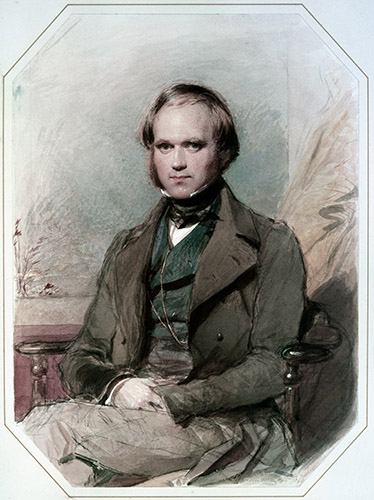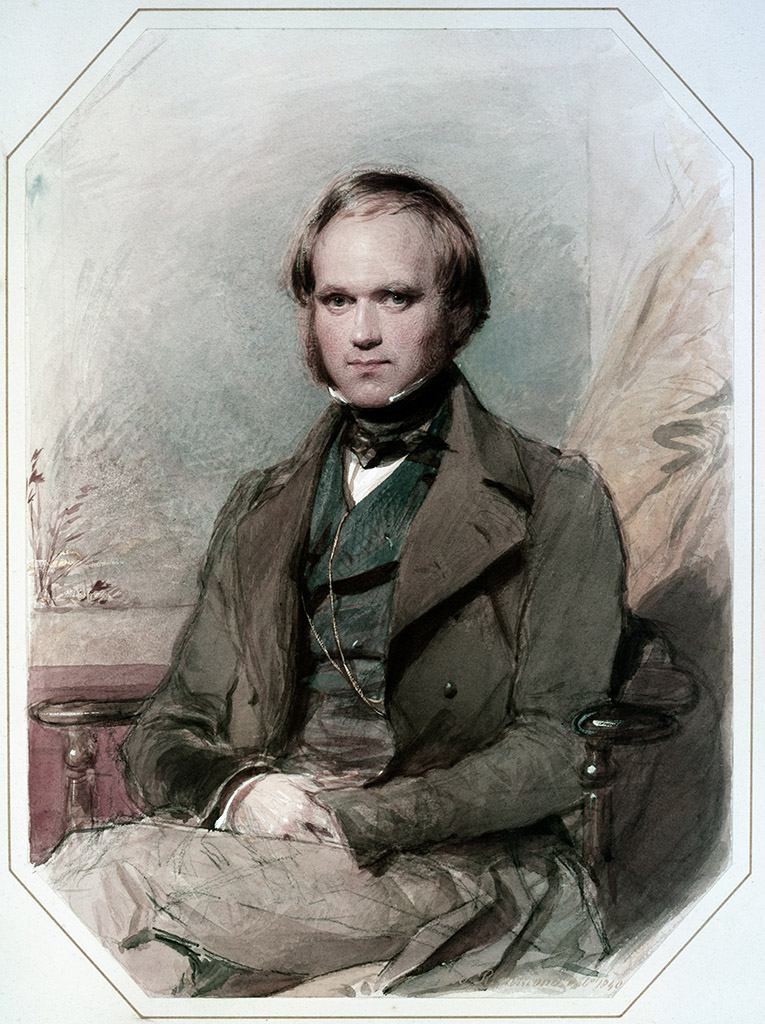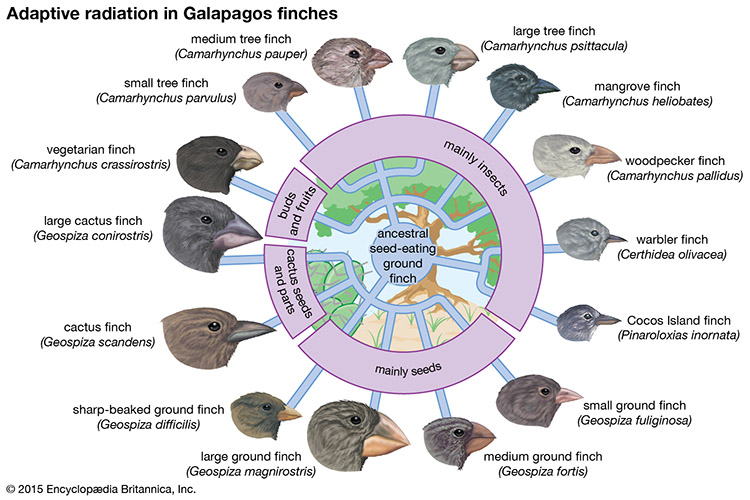Charles Darwin: The Father of Evolution
There is grandeur in this view of life, with its several powers, having been originally breathed into a few forms or into one; and that… from so simple a beginning endless forms most beautiful and most wonderful have been, and are being, evolved.
~ Charles Darwin



